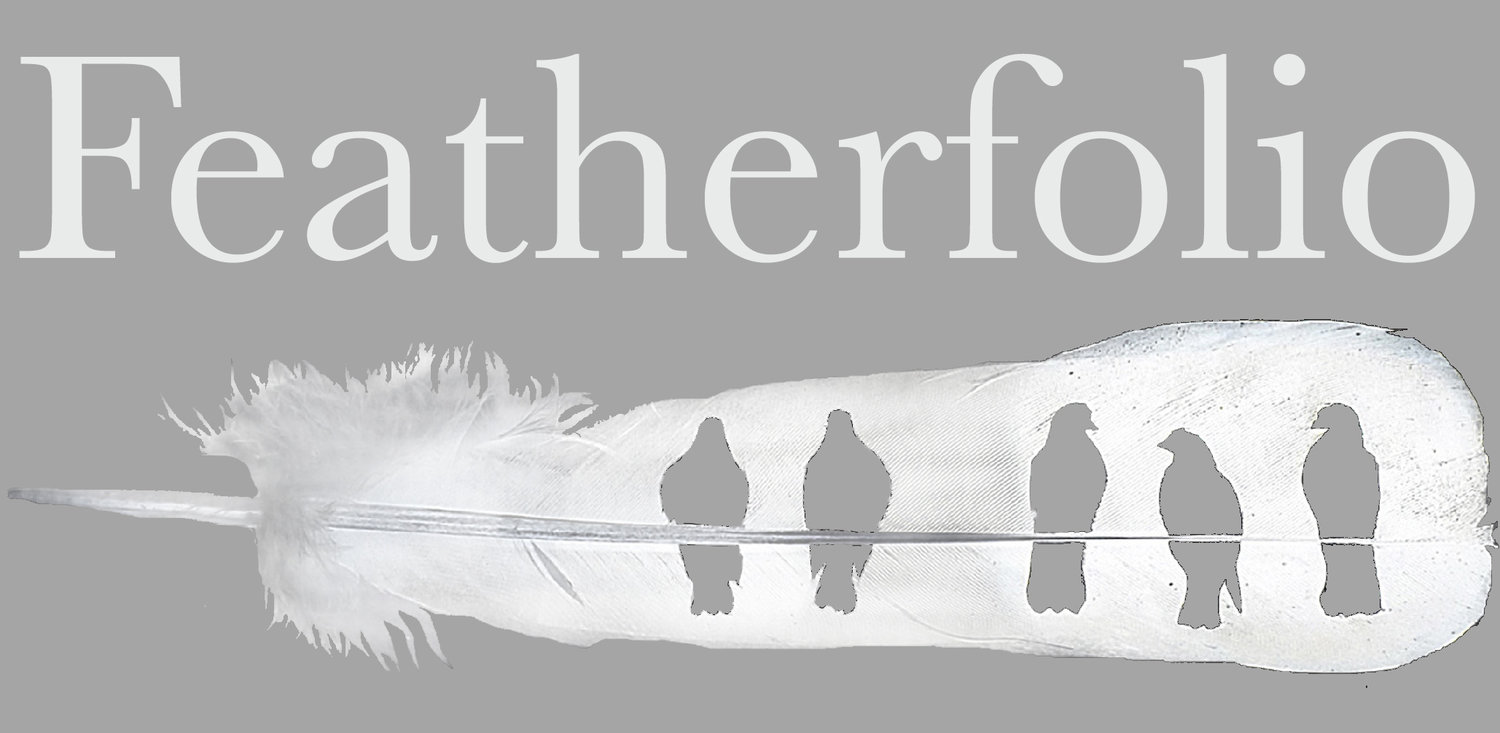Last week I was returning 3000 miles from the east to the west coast of the United States, trying not to be bored on the 5-hour trip. Looking out on the wings of the plane I hoped that the metal skin was sturdy and the rivets secure.
With flight, distances have shrunk and the earth seems much smaller. Confined to my seat, I thought of birds like terns and godwits that migrate across the globe twice a year every year and have done so for eons. What does the world look like to them?
What does a bird experience on a self-propelled non-stop 7,000-mile, 200-hour trip from the Arctic to New Zealand with miles and miles of nothing but sea? Does it pray for its feathers to hold together, as I did for the wing of the airplane?
So I took out my sketch pad and drew a design for a new shadowbox; then back at the studio, rushed to work on it.
Bar-tailed Godwits live in and migrate from Asia, Europe, Africa, New Zealand, and Australia and not much in South and North America except Alaska. Cornell’s All About Birds describes in more detail the migration other facts about the Kuaka--what they call Bar-tailed Godwits in New Zealand. And yes, their feathers do look a bit worn after their long flights.

















